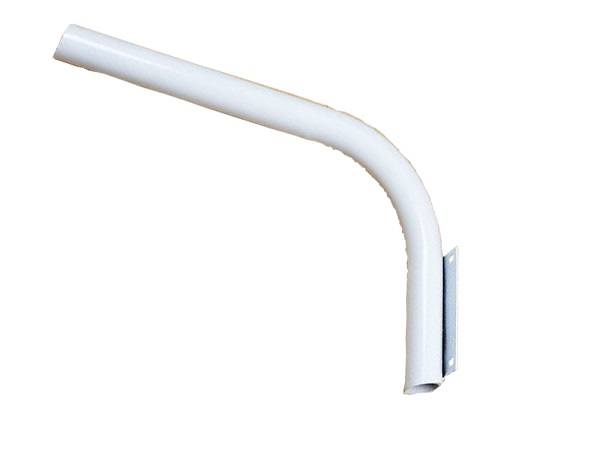
A street light arm is component that supports street lighting fixtures on utility poles and towers. They help to provide lighting for streets, rods, highways or other public areas. They efficiently utilize existing infrastructure to provide illumination in urban and suburban environments. Street light arms allows for placement of street lights at a suitable height and angle to provide adequate lighting. The installation and maintenance of street lights arms ensures the safe and well-lit public spaces. Materials include steel, aluminum or fiberglass. They help to offer durability, resistance to corrosion and environmental conditions. These materials help to withstand the diverse environmental conditions of South America. Common types of street light arms include bracket arm, cantilever arm, decorative arm, straight arm, curved arm, banner arm. They find use in applications such as street lighting, pedestrian walkways, park and recreational areas, parking lots, commercial areas, bike lanes, signage illumination, security lighting.
Key features of street light arm
Street light arms have various components and features that ensure the effective and efficient lighting in urban and suburban areas. The choice of street light arms should consider specific requirements and safety. The following are the key features of the street light arms.

- Type and design – the type and design should match the specific requirements and aesthetics of the location.
- Mounting options – street light arms can attach to utility poles, walls or other supports. The mounting options should be suitable for the location and infrastructure available.
- Decorative elements – the arms often feature aesthetic elements to enhance the visual appeal of the lighting installation.
- Safety features – they help to prevent accidents and reduce safety risks with features. This also helps to prevent loose components.
- Alignment – proper alignment of street light arms helps to ensure the lighting fixtures are well positioned.
- Compatibility – they should be compatible with the type of lighting fixtures used in the installation. This helps to ensure a proper fit and secure attachment.
- Budget considerations – consider the cost of street light arms. This is including purchase, installation and maintenance expenses.
- Energy efficient – street light arms can support energy efficient lighting technologies. This helps to contribute to energy savings and reduced operational costs.
Selection and installation of street light arms
Proper selection helps to ensure effective and efficient lighting in urban and suburban areas. The choice of streetlight arms depends on several factors including lighting requirements, aesthetics, safety and local regulation. The installation of street light arms helps to provide a functional and efficient lighting system in urban and suburban areas. The following is a general installation of street light arms.
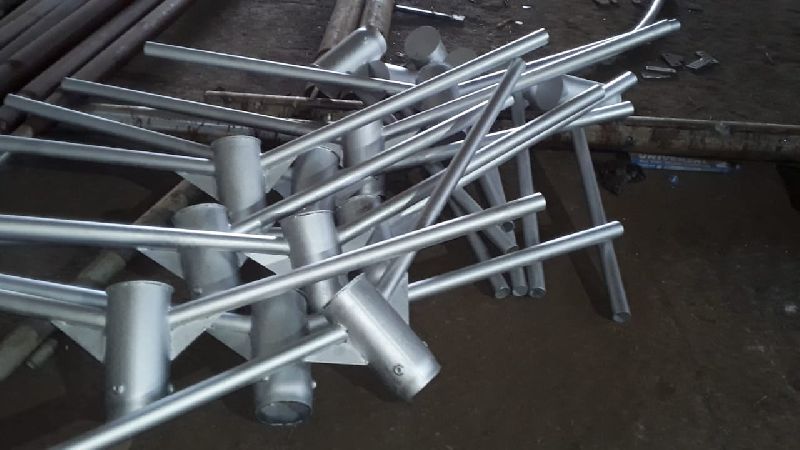
- Preparation – collect all necessary tools required for the installation. This is including the arms, utility poles, street light fixtures, mounting brackets, anchors, fasteners and electrical wiring.
- Site assessment – conduct a site assessment to determine the optimal locations for street light arms.
- Utility pole – ensure that the utility poles are in place and properly anchored to the ground. They should support the weight and reach of the street light arms.
- Mounting brackets – install the mounting brackets on the utility pole where the street light arms will attach.
- Street light arm attachment – position the street light arms on the mounting brackets and ensure they are level and secure.
- Alignment – carefully align the street light arms to ensure they are perpendicular to the roadway of area to illuminate.
- Fixture installation – attach the streetlight fixtures to the ends of the ends of street light arms.
- Wiring – connect the electrical wiring from fixture to the power source. This may involve running wiring through the street light arms and connecting it the electrical grid.
- Testing – test the streetlights to ensure they are functioning correctly and verify that the fixture is producing the desired illumination.
- Adjustment – make any adjustments of the street light arms to achieve the desired lighting coverage.
- Documentation – maintain the detailed records of the installation process. Including the date, location, type of street light arms, fixtures used.
Maintenance and inspection of street light arm
Proper maintenance and inspection help to ensure that the lighting system continues to function effectively and safely. Regular maintenance and inspection help to identify and address issues before they lead to lighting system failures. Additionally, it is advisable to conduct periodic inspection and maintenance for the continued reliability. The following is a basic guide for the maintenance and inspection of street light arm.
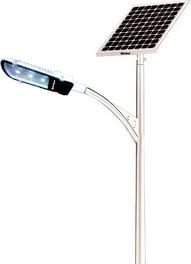
- Regularly inspect the street light arms including the condition, alignment and the condition of the fixtures. Check for visible signs of damage or wear.
- Test the electrical connections to confirm they are secure and functioning correctly using the suitable testing equipment.
- Evaluate the quality of the lighting provided by the streetlight arms. Ensure the fixtures produce the desired illumination levels and uniformity.
- Regularly clean the street light arms to remove dust, dirt and debris that can accumulate on surface. This is to ensure the fixtures and arms are not obstructed allowing for optimal light distribution.
- Lubricate these parts to prevent rust and ensure smooth operation using suitable lubricants based on the manufacturer’s recommendations.
- Periodically check the condition of the light bulbs in the modules in the fixtures. Replace any burnt-out bulbs to maintain consistent illumination levels.
- Inspect the fixtures for signs for signs of damage such as cracks, corrosion or loose components. Replace or repair damaged fixtures as needed to ensure safety and proper functionality.
- Verify the street light arms and fixtures are correctly aligned to provide even and effective lighting.
- Inspect the fasteners, bolts and nuts used to attach the street light arms to the supports. Tightening loose fasteners and replace any show signs of corrosion.
- Apply anti-corrosion coatings or treatments to protect the street light arms from rust and deterioration.
- Maintain detailed records of maintenance and inspection activities including the date, findings and any maintenance.
Comparative analysis of street light arm in South America
A comparative analysis of street light arms helps to identify the most suitable options for urban and suburban lighting. Consider the various factors like types, designs, brands and manufacturers. These factors help to select the best suitable for your application. Also, it is advisable to consult with industry professionals for guidance on the best guidance. The following are the factors to include in the comparative analysis in South America.
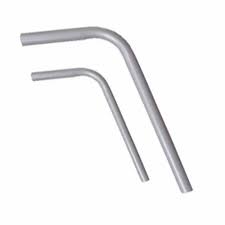
- Type and design – compare the different types and designs of street light arms available including bracket arm and decorative arms.
- Materials – assess the materials used in the construction of street light arms. Evaluate the durability, resistance to corrosion and suitability for the local climate and environmental conditions.
- Aesthetics – consider the visual aesthetics of the street light arms. Determine the decorative designs for historical areas.
- Load capacity – compare the load-bearing capacity of different street light arms. Ensure the selected arms can support the weight of the lighting fixtures.
- Safety features – assess the safety features of street light arms to prevent of loose components and resistance to vandalism.
- Environmental considerations – consider the environmental condition in South America. This including climate, humidity and exposure to salt exposure in coastal areas.
- Cost and budget – compare the costs associated with different street light arms options. This is including initial purchase, installation and maintenance costs.
Certifications and standards in South America
Certifications and standards help to ensure the quality, safety and compliance with local regulations. They also help to provide documentation demonstrating compliance with local regulations. The following are the certifications and standards of street light arms in South America.
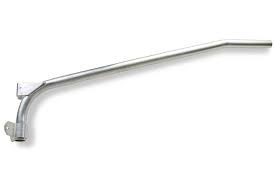
- IEC standards – These are standards for electrical and electronic technologies. These help the countries to adopt IEC standards for street lighting components such as street light arms.
- EN standards – some south American countries may produce street light arms that comply with European norms.
- Local and national standards – each south American country has their own set of standards and regulations for electrical and lighting products.
- ISO certifications – This ensures the manufacturers follow the international quality management standards.
- ANSI standards – some street light arms may comply with ANSI standards to meet broader global requirements.
- Energy efficiency labels – look for street light arms that comply with energy efficiency labels or certifications relevant to the region.
Frequently asked question
A street light arm is a component that supports street lighting fixtures on utility poles or towers. They provide lighting for streets, roads, highways or other public areas. This helps to provide illumination for urban and suburban areas.
The energy efficient lighting options in South America include LED street lights, solar street lights, smart street lights and light shields.